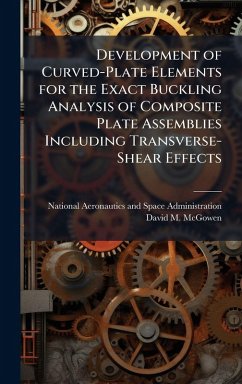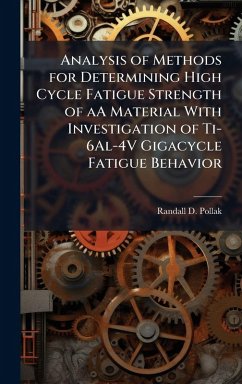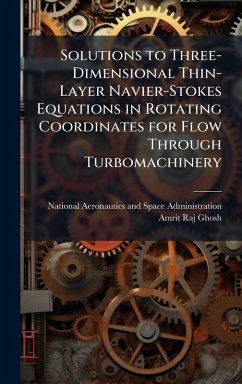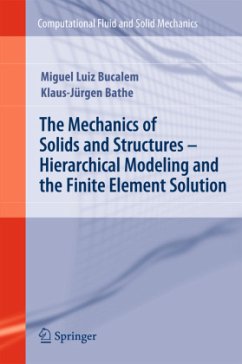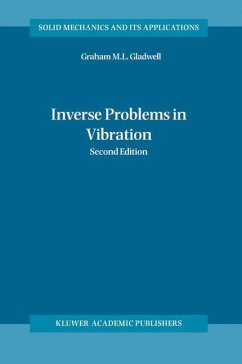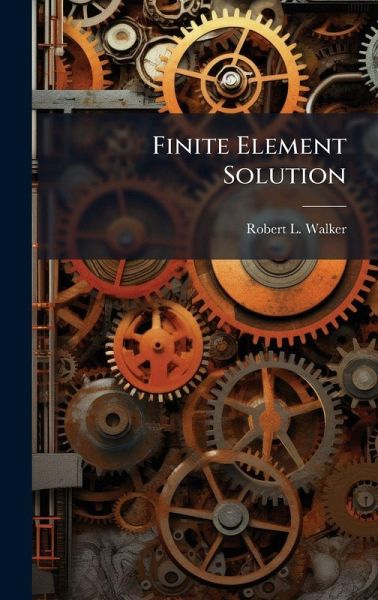
Finite Element Solution
Versandkostenfrei!
Versandfertig in über 4 Wochen
29,99 €
inkl. MwSt.
Weitere Ausgaben:

PAYBACK Punkte
15 °P sammeln!
The development and use of Micro Air Vehicles is becoming more and more important to the military. Size, weight, maneuverability, stealth, and fuel consumption are just some of the constraints on a future Micro Air Vehicle. Perfect blueprints for a small scale flying machine are both insects and humming birds. Medium sized hummingbirds are found to have wings-beats at a frequency of 18-28 Hz. There is a vast amount of complexity to just how these creatures can create lift; however, this study looks at different beams made of common materials with 1st natural bending frequencies in this range. ...
The development and use of Micro Air Vehicles is becoming more and more important to the military. Size, weight, maneuverability, stealth, and fuel consumption are just some of the constraints on a future Micro Air Vehicle. Perfect blueprints for a small scale flying machine are both insects and humming birds. Medium sized hummingbirds are found to have wings-beats at a frequency of 18-28 Hz. There is a vast amount of complexity to just how these creatures can create lift; however, this study looks at different beams made of common materials with 1st natural bending frequencies in this range. This study documents and evaluates the use of analytical tools to solve for nonlinear characteristics of a system. A function called the backbone curve is incorporated into a MATLAB program. The Hilbert transform characterized by the nonlinear decrement approach captures all of the necessary coefficients for this function. ABAQUS/CAE is relied upon. The numerical finite element results are compared to experiments. This work gives a better understanding of how materials and geometry perform when used in Micro Air Vehicle design considering large displacements. This work has been selected by scholars as being culturally important, and is part of the knowledge base of civilization as we know it. This work was reproduced from the original artifact, and remains as true to the original work as possible. Therefore, you will see the original copyright references, library stamps (as most of these works have been housed in our most important libraries around the world), and other notations in the work. This work is in the public domain in the United States of America, and possibly other nations. Within the United States, you may freely copy and distribute this work, as no entity (individual or corporate) has a copyright on the body of the work. As a reproduction of a historical artifact, this work may contain missing or blurred pages, poor pictures, errant marks, etc. Scholars believe, and we concur, that this work is important enough to be preserved, reproduced, and made generally available to the public. We appreciate your support of the preservation process, and thank you for being an important part of keeping this knowledge alive and relevant.



